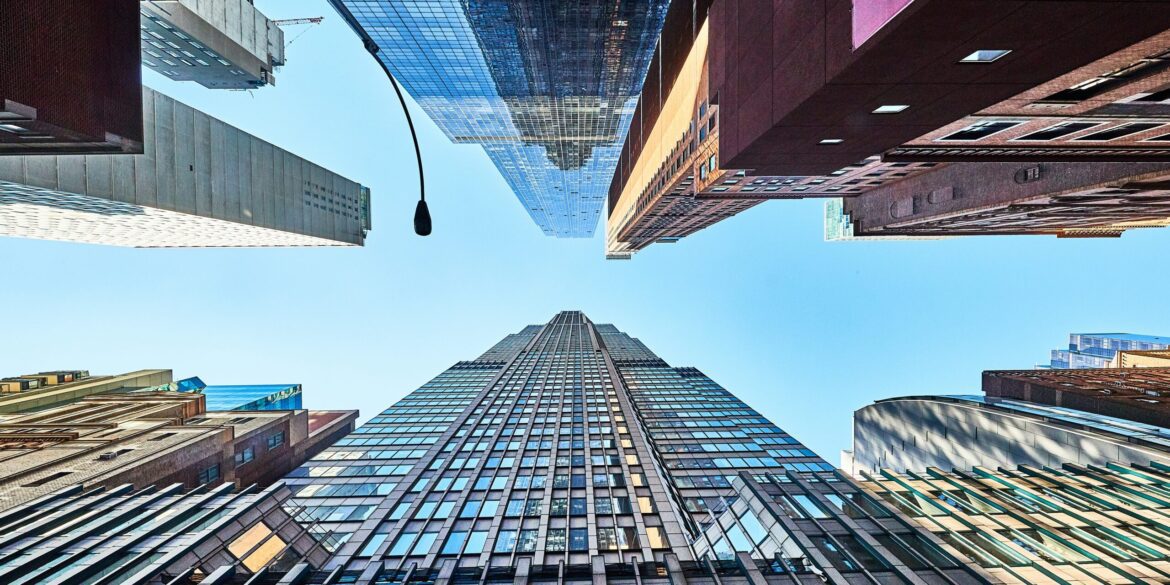The commercial real estate (CRE) sector in the United States is entering a pivotal phase in 2025. After years of disruption caused by the COVID-19 pandemic and the resulting shifts in work habits, investors, developers, and businesses are recalibrating their strategies to meet new demands. The landscape of office, retail, industrial, and mixed-use properties is evolving rapidly, shaped by technological innovation, sustainability goals, and demographic shifts.
Post-Pandemic Shifts Continue to Reshape Office Demand
Remote and hybrid work models have permanently altered the demand for traditional office space. According to a recent report from CBRE, the U.S. office vacancy rate remained elevated at 18.4% in early 2025, reflecting ongoing corporate downsizing of physical footprints.
However, this does not mean the office is obsolete. Instead, companies are redesigning their spaces to promote collaboration, creativity, and employee well-being. Flexible leases and co-working spaces have surged in popularity, offering companies agility as their workforce strategies evolve.
In cities like Austin, Denver, and Raleigh, where tech and startup ecosystems flourish, there is renewed demand for modern, amenity-rich office spaces that support hybrid work and attract talent.
Industrial and Logistics Properties: The Growth Powerhouse
E-commerce growth and supply chain reconfiguration continue to fuel demand for industrial real estate, particularly warehouses and distribution centers. The rise of “last-mile” logistics facilities near major metropolitan areas is a dominant trend in 2025.
Data from JLL reveals industrial space vacancy has tightened to historic lows, with rent growth accelerating at an annual rate exceeding 8% in some key markets like Chicago and Atlanta.
Investors and developers are focusing on properties with sustainable certifications, such as LEED and WELL, responding to corporate commitments to reduce environmental footprints.
Retail Sector Transformation
The retail sector remains in flux. While brick-and-mortar stores continue to face competition from online shopping, experiential retail and mixed-use developments that combine retail, residential, and entertainment components are driving new interest.
Retail landlords are reimagining shopping centers to become community hubs featuring restaurants, fitness centers, and cultural spaces. This trend supports foot traffic and tenant diversification, reducing reliance on traditional retail tenants.
Additionally, the integration of technology—such as contactless payments and smart inventory management—is enhancing the consumer experience.
Sustainability and ESG in Commercial Real Estate
Environmental, Social, and Governance (ESG) considerations have become central to CRE investment decisions in 2025. Both institutional and private investors prioritize properties that meet strict energy efficiency standards and incorporate renewable energy sources.
New regulations and incentives are pushing landlords to retrofit older buildings with green technologies. Solar panels, smart HVAC systems, and water conservation measures not only reduce operating costs but also improve asset valuation.
Social factors, including tenant well-being and accessibility, are increasingly influencing property design. Wellness-focused amenities such as green spaces, natural lighting, and air quality improvements are gaining traction.
The Rise of Mixed-Use Developments
Mixed-use projects are gaining momentum as cities seek to optimize land use and create vibrant, walkable communities. These developments combine residential, commercial, office, and leisure spaces, appealing to residents and businesses looking for convenience and lifestyle integration.
Major metropolitan areas, including New York City, Los Angeles, and Seattle, are seeing large-scale mixed-use projects that integrate smart city technologies and sustainability features.
Financing Trends and Investor Appetite
Interest rate fluctuations have made financing more complex but have not dampened investor appetite for prime commercial properties. Creative deal structures, including joint ventures and equity partnerships, are helping navigate market uncertainties.
Private equity and institutional investors remain attracted to industrial and multifamily sectors due to their resilient cash flows. Conversely, office and retail investments require more selective approaches focused on quality assets and locations.
Summary: What Business Property Stakeholders Should Know
- Office demand is evolving, emphasizing flexibility and employee experience.
- Industrial and logistics properties are booming with record low vacancies.
- Retail is transforming with experiential concepts and technology integration.
- ESG and sustainability are critical investment criteria shaping CRE portfolios.
- Mixed-use developments offer innovative solutions for urban growth.
- Financing requires adaptability amid interest rate volatility.
As 2025 unfolds, the commercial real estate market rewards those who anticipate trends and embrace innovation, sustainability, and flexibility. Whether an investor, developer, or tenant, understanding these dynamics is key to success.

